by Dennis Kuhn
Many of the cars along the creek were left behind by some people who used the property as a dumping ground for cars that were no longer serviceable.
Some of the cars were brought to what was open land bv the “youth of the day” where they enjoyed driving around a makeshift track simply for the fun of it.
The cars we’re going to visit today are in the “adventurous” youth category.
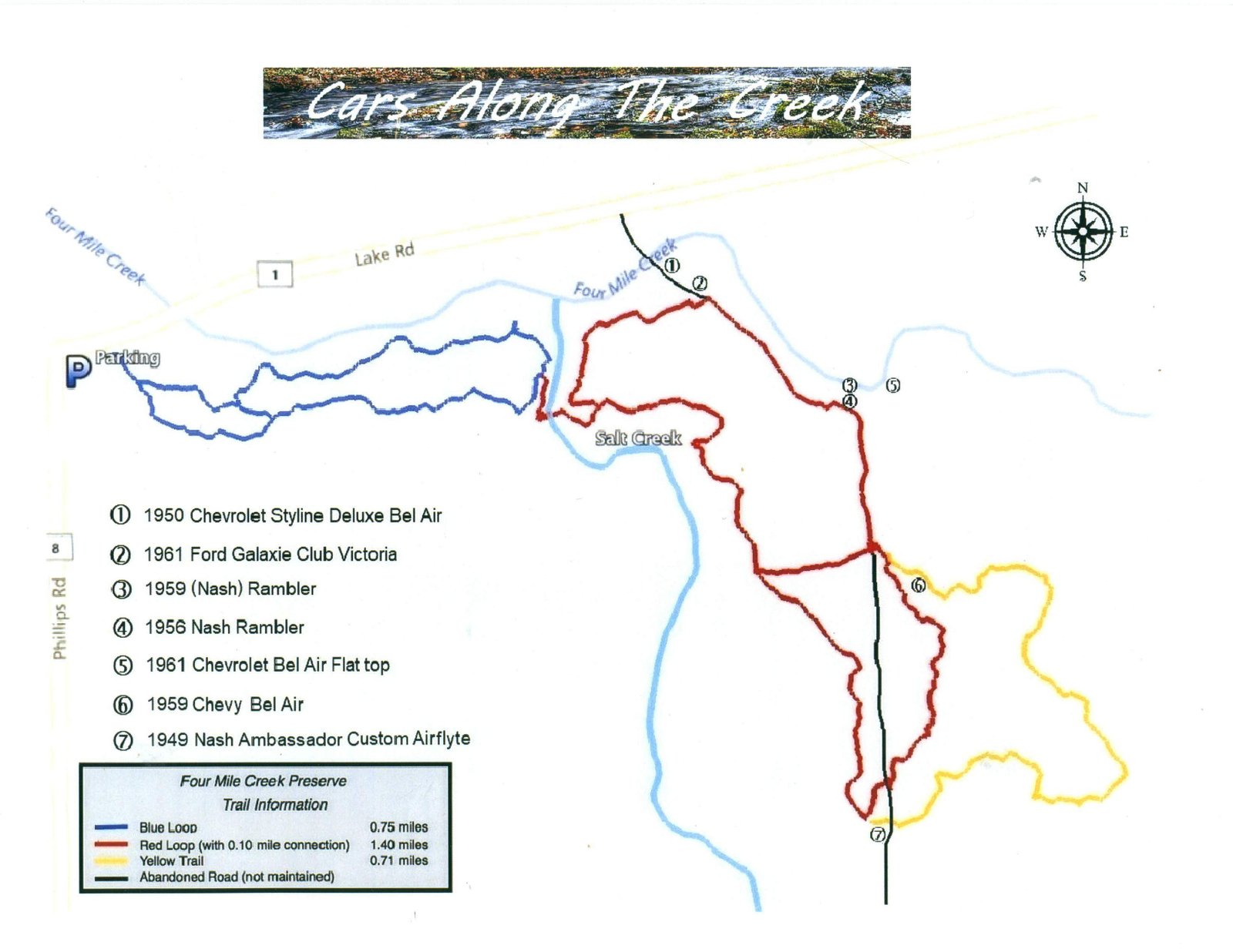
Details of the cars:
1 – The 1950 Chevrolet Styleline Deluxe Bel Air (Sports Coupe Hardtop)
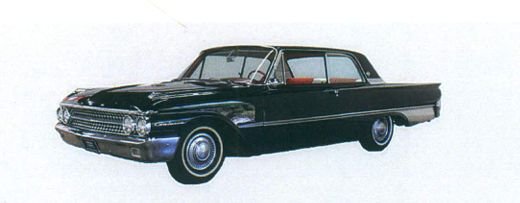
Chevrolet introduced this body style in 1949 and continued it to 1952. This 1950 model is important because it was Chevy’s first “hardtop” (a solid top, but no pillar between the front and back window). It was also the first time Chevy offered the upscale “Bel Air” trim level that continued for over a decade. It had a six-cylinder engine that became the “Blue-Flame Six” in the first Corvette (1953).
2 – The 1961 Ford Galaxie Club Victoria

Only ten years after the Chevy Styleline, the contrast in design offered by this 1961 Ford shows how dramatically American car design had changed in a decade — continually getting lower, longer, wider. Note the very squared-off formal roofline of this “Club Victoria” model. That style roofline was first seen in the 1958 Thunderbird and was so popular that Ford offered this version in this full-size Ford in 1961, and later a somewhat similar style when Ford introduced the first Mustang in 1964.
3 & 4 – The 1956 Nash Rambler and 1959 AMC Rambler
In the fifties the “big three” automakers were General Motors, Ford, and Chrysler. The rest of the market was divided up by smaller independents including Hudson, Nash, Packard Studebaker, Kaiser, and a variety of foreign cars just starting to gain ground (most notably Volkswagen). In 1954 two of these independents – Nash and Hudson – merged to form the “American Motors Corporation” or “AMC”. The independents typically offered styling that somewhat bucked the trend. For it’s part, AMC focused on smaller cars like these two station wagons. Both are Rambler models, but in 1957 AMC dropped the “Nash” nameplate.
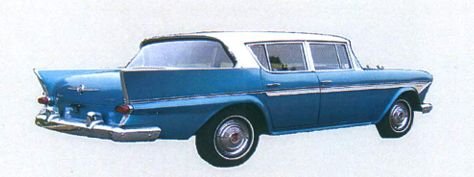
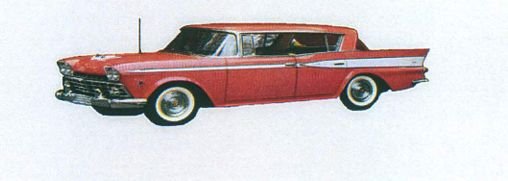
5 – The 1961 Chevrolet Bel Air Flat Roof Sedan
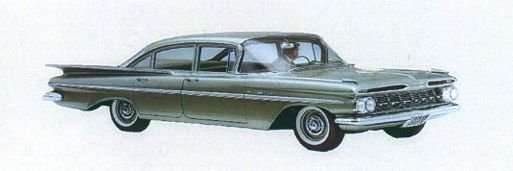
This is a somewhere rare model. The “flat roof’ or “flat top” two and four door sedan was offered in only one model year. It combined a more formal roofline (like the one popular at Ford), with the sleek, fully- curved, front and back windshields leaving an over-hanging lip on the rear. Other Chevy models of that year had sloping roofs similar to those seen in earlier years — like the 1959 elsewhere in the woods. The 1961 Chevy also dramatically reigned in the tail-fin excesses of the ’50s.
6 – The 1959 Chevrolet Bel Air

When you think of the fifties, you think of big tailfins like those that Chevy grew from 1955 to 1957, or were seen on Cadillacs and Chryslers. But in 1959 Chevy turned the fins horizontally to create huge gull wings that ran across the back of the car. This was a first step towards transforming to the more sophisticated designs of the sixties.
7 – The 1949-52 Nash Ambassador Airflyte

As we saw with the 1950 Chevy Bel Air, after WW II the automakers were intent on incorporating airplane-like styling into their new cars. Nash went big, rather than low and sleek, but made it’s models look sleek by enclosing the wheel wells and curving the roof all the way to the back of the car. The enclosed wheel wells came from the Italian Penin Farina and were used on the smaller Nash cars as well (the Rambler and the tiny Metropolitan). The “Uni-Body” construction, they claimed, was built like an airplane fuselage. This car was famous for its fold down double-bed.